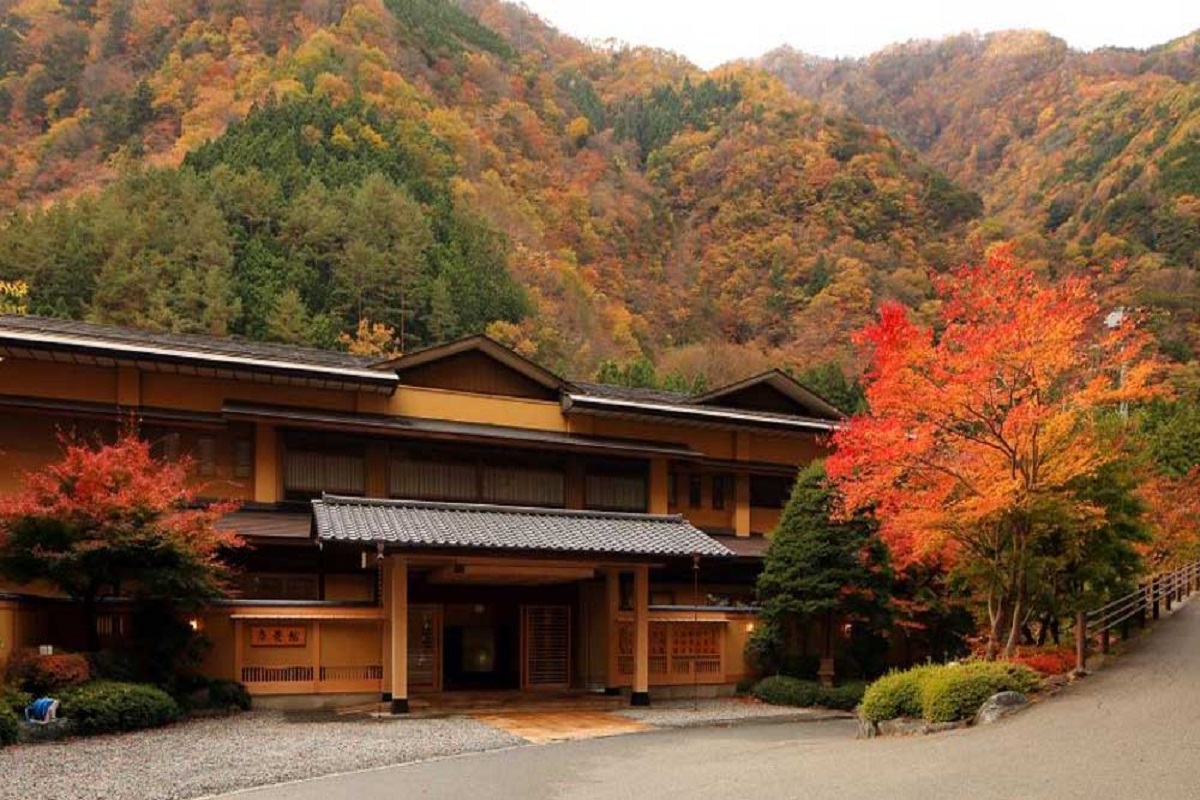Did you know there’s a special island in Japan called Rabbit Island? It’s officially known as Okunoshima, and it’s famous for its abundance of rabbits. This small island is located between Hiroshima and Shikoku in the Sea of Japan.

Back in history, from 1929 to 1945, Okunoshima served as a weapons depot for the Japanese army. But it wasn’t ordinary weapons like guns or tanks that were stored there. Instead, it was a secret location for storing gas and chemical substances used in warfare. Because of its secretive nature, the island was erased from Japanese maps, and public access was restricted.
After World War II, the dangerous chemicals were disposed of by burning and burying them, but the island’s history remained largely hidden from the public eye. Due to the presence of harmful gases in the air, people were not allowed to visit the island for many years.
However, in 1971, a significant event occurred when a group of school students visited the island and left behind eight rabbits they had brought with them. From that point on, the rabbit population on the island began to multiply rapidly.
With no natural predators or hunters on the island, the rabbits were free to roam and multiply without fear. As their numbers grew, the island became known as “Usagi Shima,” which means “Rabbit Island” in Japanese.
Today, Rabbit Island attracts many tourists who come to witness the unique sight of countless rabbits hopping around freely. The island, covering an area of seven million square meters, has become a haven for these adorable creatures.
Tourists from all over the world visit Okunoshima to see the rabbits up close and enjoy their playful antics. It’s a truly remarkable sight to see so many rabbits living in harmony on this once-secretive island.
Rabbit Island, or Okunoshima, is a fascinating destination in Japan known for its large population of rabbits. Despite its dark past as a weapons depot, the island has transformed into a haven for these adorable creatures, attracting tourists who come to witness this extraordinary sight.


